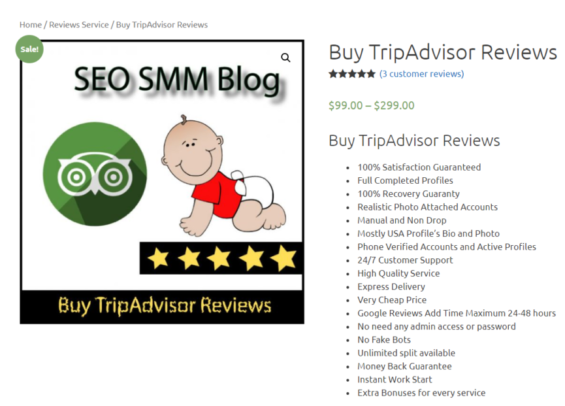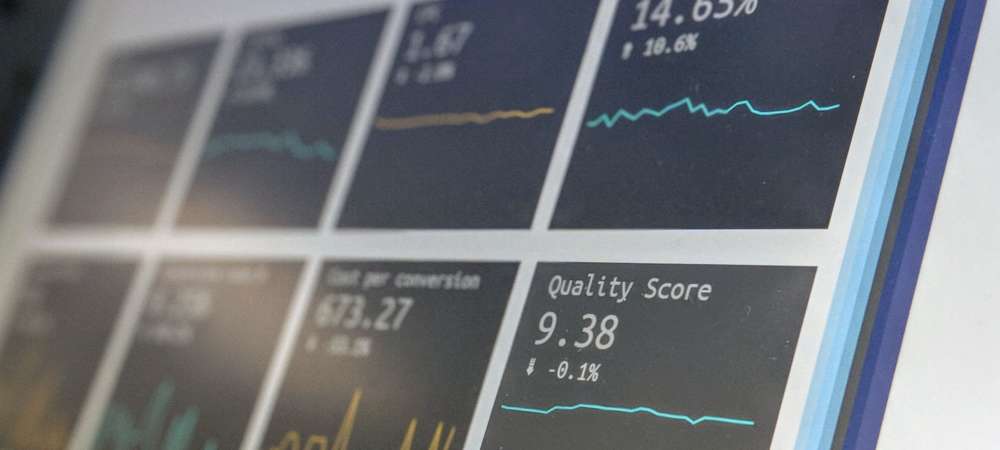
Photo by Petr Sevcovic on Unsplash
Fake reviews are every review website's worst nightmare - you've built your reputation on genuine customer reviews only to see it all come crashing down. All those years spent convincing businesses that negative writings can harm their reputation only to end up suffering from the same fate. That's exactly what happened to TripAdvisor.
In September 2018, the UK newspaper The Times published an article in which they claimed that more than 30% of their reviews are fake. TripAdvisor reacted harshly, calling their findings "inaccurate and misleading". Furthermore, they questioned the journalist integrity of the famous newspaper and insisted The Times used flawed research techniques. They also recalled a number of checks put in place to weed out fake reviews. Finally, TripAdvisor concluded that the study was inaccurate because it didn't have access to protected "technical data" needed to differentiate feal from fake reviews.

An example of a website that offers paid TripAdvisor reviews
Despite all their efforts, many people started questioning the legitimacy of TripAdvisor's reviews. And it's not surprising why - there is a flourishing market for fake ones. The above picture represents a screenshot of a website that provides such a service and it only took about 30 seconds to find it. And it's a trend that is only likely to increase in the future. Bearing that in mind, it's clear that any substantial review analysis must first exclude illegitimate ones. So, how to differentiate between the two? We found five ways:
1. Inspect their grammar
Writing fake reviews for money is more common in countries where English is not a native language. There is a slim chance a person writing fake reviews is a native speaker. Occasionally, they might use idioms or phrases that make perfect sense in their native language but sound strange in English. They might make weird comparisons or structure their sentences in an unorthodox order. For example, a sentence like "I ate dinner at their restaurant every evening" follows the standard structure: Subject + Verb + Object + Adverb Of Place + Adverb Of Time. Writing something like "I ate every evening dinner at their restaurant" disrupts the expected order and might mean that the review is fake.
2. Pay attention to their username
Anonymous users are more likely to be fake. However, even those with a reliable-sounding username might not be genuine customers. Look up those names online and see if there are actual people with those names. Sometimes, they are completely made up or even scrambled from random words of other languages. Do they have a social media account? Is the profile picture on it similar to the one on their avatar? If it is, the review is most likely genuine.
3. Go to their profile
A recently made profile that only leaves positive (or only negative) reviews may raise suspicion. Especially if the times and location of those reviews make no sense. It's highly unlikely that Joan from Alaska experienced "horrible time" in a McDonalds in Texas only to be "heavily disappointed" by customer service in a Taco Bell in Hawaii in the span of 2 hours. Checking their profile can tell a lot about a reviewer because most of the fake ones don't bother much about making them look genuine.
4. See if their reviews are too vague
A study by Cornell University discovered that real people usually focus on concrete words in their reviews, like "bathroom" or "price". Fake reviews, on the other hand, are often full of generic ones like "vacation" and "business trip". By avoiding to state what was specifically good or bad they can avoid people disagreeing with them. And vague reviews are least informative anyway.
5. When in doubt, stick to the ones with the average rating
Fake reviews are being posted with a clear purpose. Whether they want to drastically improve or reduce the standing of a business, they are far more likely to give it an extreme rating. There is no point in buying reviews that will give an average rating or paint both sides of the picture. Any analysis should give the highest priority to the reviews with an average rating.

Photo by Stephen Dawson on Unsplash
Unfortunately, you can't ever be 100% sure whether a review is genuine. However, if you use a service like justLikeAPI, you have some powerful features at your disposal to check. Its response returns many of the aforementioned elements (like date, rating, username, etc.) that you can employ to analyze the credibility of reviews you scraped.
Hopefully, now you have a bit clearer picture of how you can do just that!
